Alternative land uses: Woodland creation – key points
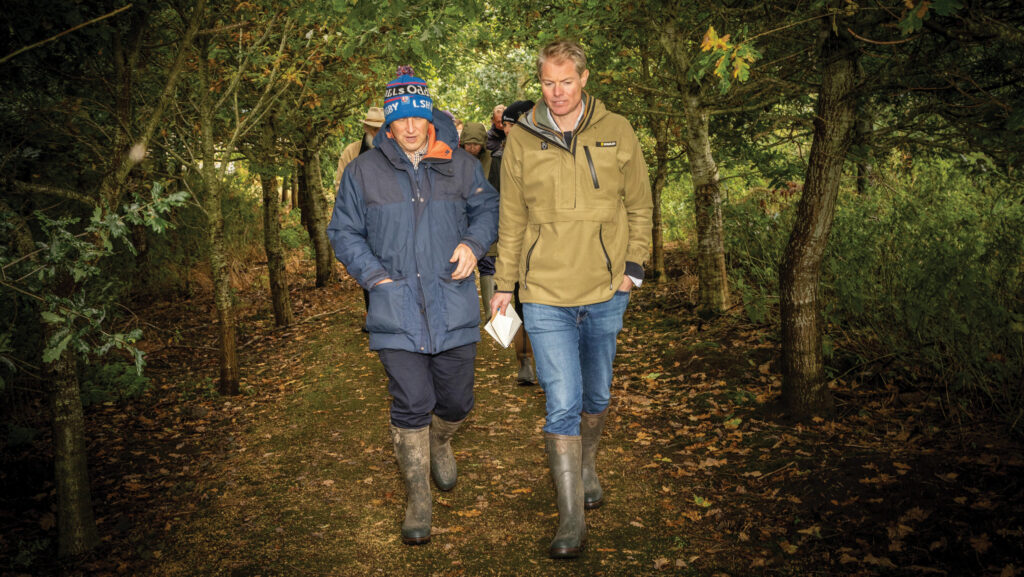 © Mark Lloyd/Mission Studios
© Mark Lloyd/Mission Studios Financial support for woodland creation and management in England is at record levels, so it could be the right time to consider this as an option.
Talk of reducing sheep and cattle numbers doesn’t sit well with livestock farmers, but the Sustainable Farming Incentive (SFI) in England and new schemes being developed in Scotland and Wales are designed to incentivise the industry to consider options that will fit with or complement existing enterprises.
Since England is falling well short on its tree planting targets, the funding on offer for woodland creation is at its most favourable ever.
Landowners can be paid at least double the rates on offer in Scotland, where the sector is at a more mature stage.
See also: Alternative land uses – leasing land for solar – key points
As area payments reduce, particularly in upland regions, tree planting and forestry can seem a useful option in some circumstances.
Gareth Owen is regional manager for England and Wales at forestry management company Scottish Woodlands.
He recognises that increasing biodiversity, providing flood mitigation and other public goods are important, but also that farmers need the figures to stack up in a business sense.
“Our clients have been seeing their incomes from forestry going up in recent years at a time when there is perhaps less certainty from agricultural income,” he told farmers, landowners and land agents at a recent Farmers Weekly Alternative Land Uses event at the Kirkharle estate in Northumberland.
“They see the values for agricultural land rentals going down, particularly for upland sheep farming, and it becomes more challenging to generate a good agricultural income from their land.”

© Mark Lloyd/Mission Studios
Planning and assessment
As well as income from grant schemes, there are long-term revenue streams to consider, although by the very nature of trees it is likely that the financial benefit will be enjoyed by the next generation.
For any farmer considering planting trees, Gareth advised that the first question they must ask themselves is “what is their goal?”.
“That’s going to drive how you think about it and what you actually do.”
Advisers such as Scottish Woodlands help landowners with the process of determining whether land is suitable for tree planting and navigate the permissions and grant application processes.
In England, up to £30,000 is available per scheme for this through the Woodland Creation Planning Grant.
“This grant de-risks it for the owner because it provides funding for agent fees and surveys, which can cost a lot,” said Gareth.
However, he warned that the process can be bureaucratic, although the industry is lobbying to make it simpler.
For smaller, less contentious schemes, he suggested that it can often better to embark on these without the Woodland Creation Planning Grant because of that paperwork.
The first step is a desk-based survey to rule out any “big showstoppers” that would prohibit planting, such as sites of special scientific interest (SSSI), scheduled ancient monuments or other designations.
This is followed by a site visit to assess the land and the type of trees it can support.
For sites larger than 2ha, permission is needed from the Forestry Commission, and once it is happy there are no constraints to planting, surveys are undertaken to establish considerations such as existing bird habitat, peat, and other sensitive areas before the plan is subject to a consultation process.
This stage, when neighbours, local councils, Natural England and other statutory bodies get their say, can be more problematic, said Gareth, and there can be opposition.
Given the complexities of the process, it is often advisable to appoint an agent or another professional adviser, he added.
Grant rates
While the mapping and form-filling can be quite onerous, applying for grants is relatively straightforward, he explained, and although the approvals process can be slow, the payments in England are significant.
“Grant support for woodland creation in England is very generous – they can be double or triple what they are in Scotland, and that’s because the uptake of grants has been low, and England has been failing to meet its woodland creation targets.
Compared to Scotland, where the grants system is more formulaic, in England it is very flexible, and landowners can choose the species that best suits their objectives.’’
Chief among funding sources is the England Woodland Creation Offer (Ewco), which is open for applications year-round and is for planting a scheme that is a minimum of 1ha and at least 20m wide.
Richard Wilson, woodland adviser at the Forestry Commission, said changes introduced in March 2024 had seen payment rates increase significantly, including the annual management payment, which is £400/ha for 15 years.
A basic grant of £10,200/ha is to cover the cost of planting trees. In addition, there is a range of measures to encourage woodland creation where it can deliver the most benefits – for example, £3,700/ha for areas that include recreation and public access, £2,500/ha for plantings near watercourses, and £1,000/ha for trees that help reduce flooding.
There is also £3,300/ha for plantings or natural colonisation next to ancient woodland. These are all one-off payments, not annual.
“Some careful design by woodland officers and your agents can result in a significant amount of woodland that is eligible for additional payments,” said Richard.
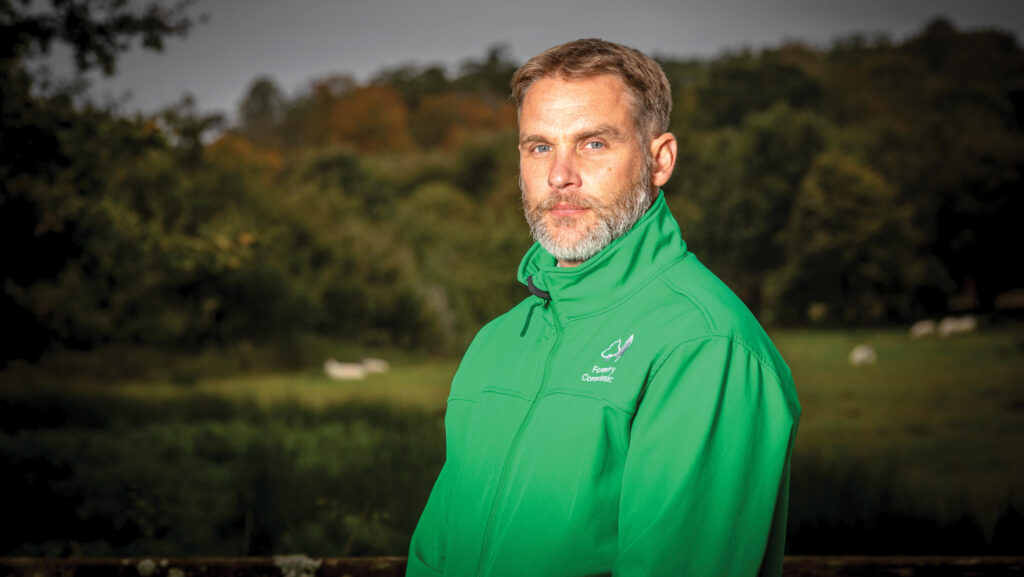
© Mark Lloyd/Mission Studios
For smaller projects, there are schemes such as the Woodland Trust’s MOREwoods, which requires a minimum of 500 trees and shrubs and a commitment from the landowner to maintain it for 30 years.
Dr Rachel Penn, of the Woodland Trust, described the application process as “quick and easy”, and although the payments are less generous than Ewco, it “definitely has its place”.
For land in community forests, planning, advice, funding and delivery is available through Trees for Climate, a national programme funded by Defra’s Nature for Climate Fund and targeting woodland creation that is beneficial to nature, the environment, water and people.
“It’s not to say you can’t use Ewco for woodland creation in these areas, but this scheme offers a higher rate,” said Richard.
Although the grants are important, he believed that farmers should approach tree planting with a long-term vision, by considering benefits and income-generating potential such as from timber, sporting activities and recreation.
The benefits for the land and livestock should not be underestimated either, he added, with trees offering shelter belts, foraging for livestock, and in-field agroforestry trees improving the moisture holding capacity of soil.
“When you’re designing your woodland, don’t just think of it as a grant-funded bit of land, it has got to be a longer-term vision,” Richard advised.
Woodland management
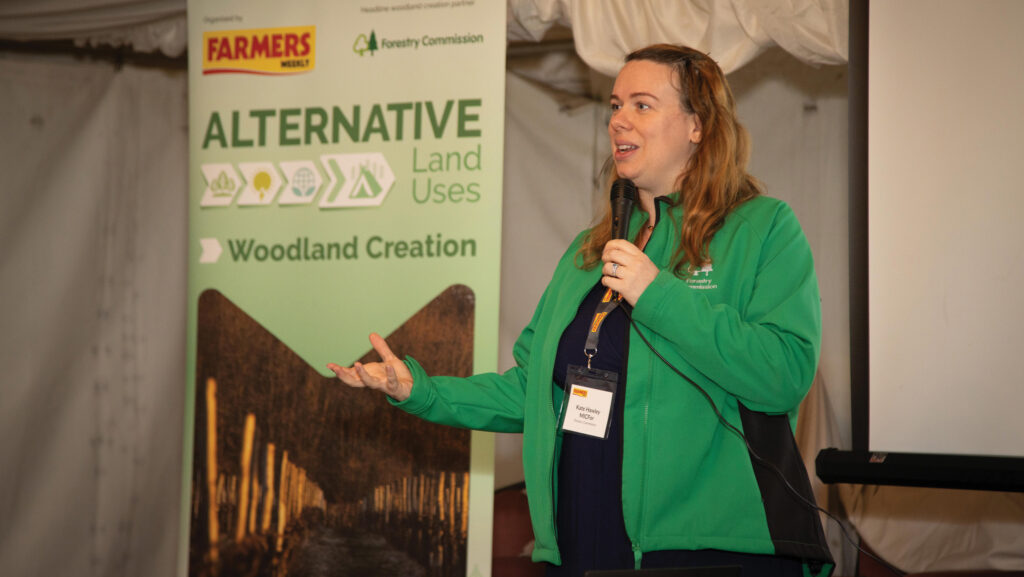
Kate Hawley, area operations manager at the Forestry Commission © Mark Lloyd/Mission Studios
While the benefits of planting are at the fore of the national narrative on trees, farmers are also encouraged to manage existing woodland.
An estimated 1.94m ha of the UK is covered by trees, with 84% of that privately owned, including 382,000ha on farms.
Kate Hawley, area operations manager at the Forestry Commission, said woodland can only deliver benefits such as for biodiversity, carbon capture and timber production if it is actively managed, more so now when tree health is under threat from pests and diseases such as grey squirrels and ash dieback.
Regular thinning will not only generate an income from timber sales but give other trees a competitive advantage, increasing the overall resilience of the woodland.
For farmers who want to bring woodland back into active management, funding is available for a Forestry Commission-approved woodland management plan.
A plan is helpful for a number of reasons, said Kate, not least because it gives landowners the confidence that they can work through an approved plan each year in achievable stages.
Carbon credits
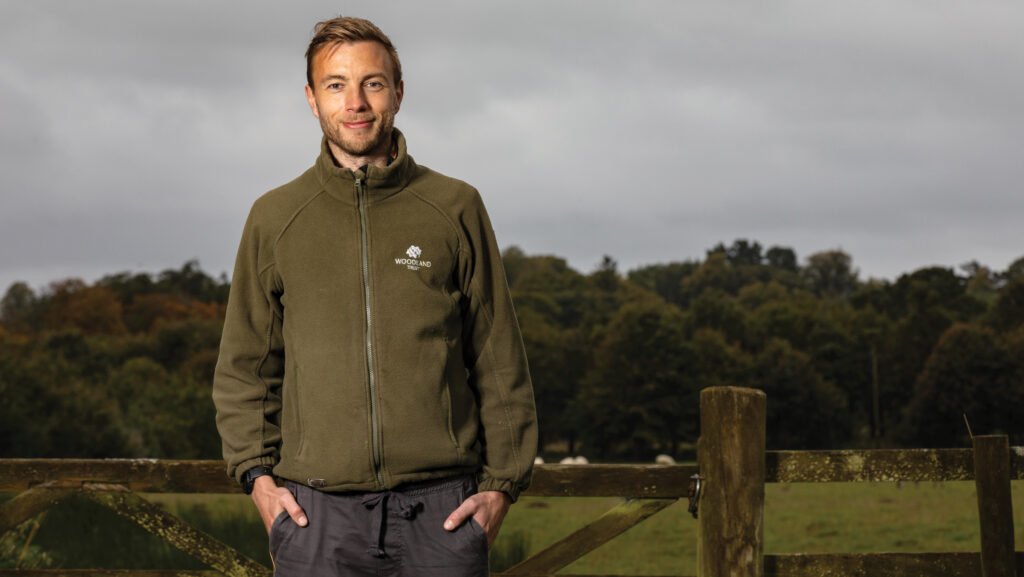
Nick Swinburn, Woodland Trust’s carbon projects manager © Mark Lloyd/Mission Studios
There is the opportunity to sell carbon credits through the government’s Woodland Carbon Code.
Although land agents can guide landowners through this process, the Woodland Trust provides a different approach by managing tree planting projects at a minimum of 5ha, also buying the carbon units.
The trust’s carbon projects manager, Nick Swinburn, said this can potentially generate an income of £3,500-£5,000/ha for farmers, depending on scale, species and other factors, with the Woodland Trust taking on the project management.
To qualify, a minimum of 400 stems/ha must be planted to sequester sufficient carbon to offset costs and these must be UK-sourced trees, primarily native species.
Tax
Although the 30 October Budget could alter the financial landscape of how trees are treated for tax purposes, the general expectation is that woodland won’t be a target for the chancellor.
How woodland and the land it occupies are taxed depends on whether it is commercial or amenity, and there are some stark tax differences between the two, said Andrew Robinson, senior agricultural partner at accountant Armstrong Watson.
Income generated by timber sales and biomass from all woodland is exempt from income and corporation taxes, but no tax relief can be claimed on expenses incurred in its establishment and management.
“If you fell a commercial woodland, the sale of the timber is tax-free, but the costs of operating, maintaining and fencing that woodland are not tax deductible,” said Andrew.
Machines bought for maintenance and harvesting of owner-managed commercial or amenity woodland don’t attract capital allowances.
If a loss is made on timber sales, that loss can’t set be against other income as can many other losses in a farming business.
For capital gains tax (CGT) purposes, on amenity woodland this is payable on the whole value – the land and the timber – and it does not qualify for agricultural property relief (APR) or business property relief (BPR) under inheritance tax (IHT) rules, since no agricultural activity or business is operated on the woodland.
In contrast, commercial woodland is considered a commercial business and will qualify for BPR but not APR.
CGT is only payable on the value of the land, not the trees and the growing timber.
Shelter belts and agroforestry projects will usually qualify for APR provided these are part of an agricultural business and are an integral part of the farming enterprise.
When neither BPR or APR applies, woodland relief can exempt the value of the trees from IHT but not the value of the underlying land.
When woodland grants of any form or type are received for either amenity or commercial woodland, the taxation of the grant income and associated costs follows the income tax treatment for each.
VAT is chargeable on timber sales whether it is from an amenity or commercial woodland, but the input VAT on the costs relating to the timber can be recovered.
Kirkharle Estate
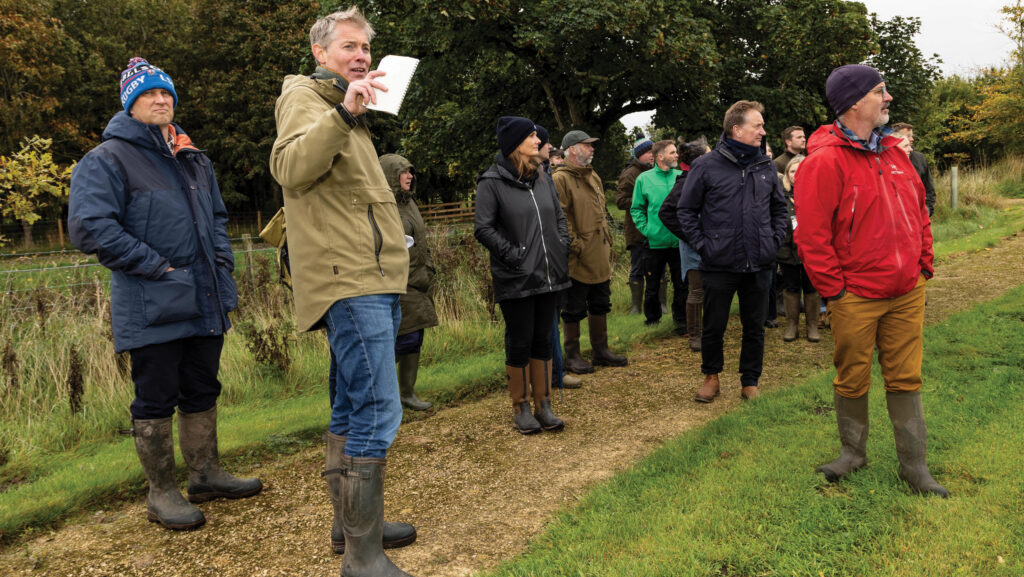
© Mark Lloyd/Mission Studios
The event was held at Kirkharle Courtyard on the Kirkharle estate in Northumberland, where the Anderson family has been planting, managing and restoring woodland for several generations.
Their projects include extensive permissive public access.
The 800ha estate has about 80ha of woodland alongside sheep, cattle and arable enterprises, a biomass heating company, residential and commercial properties as well as retail and tourism ventures.
Income from soil carbon is under consideration.
